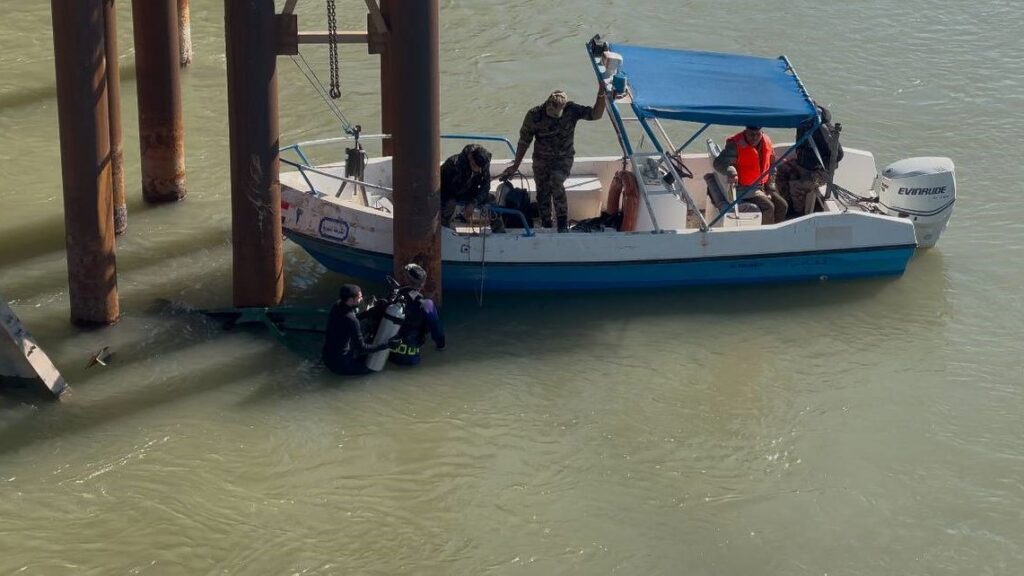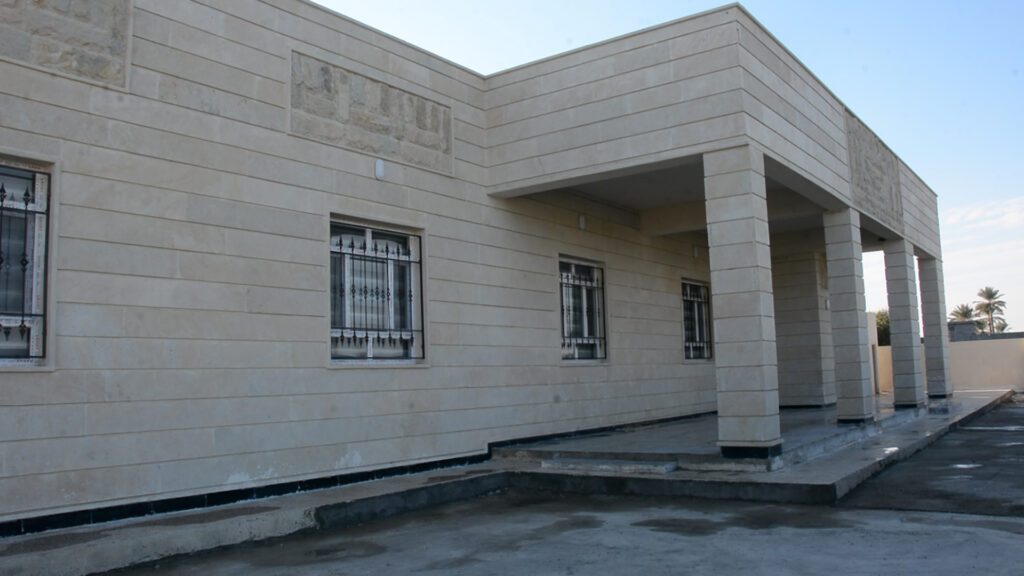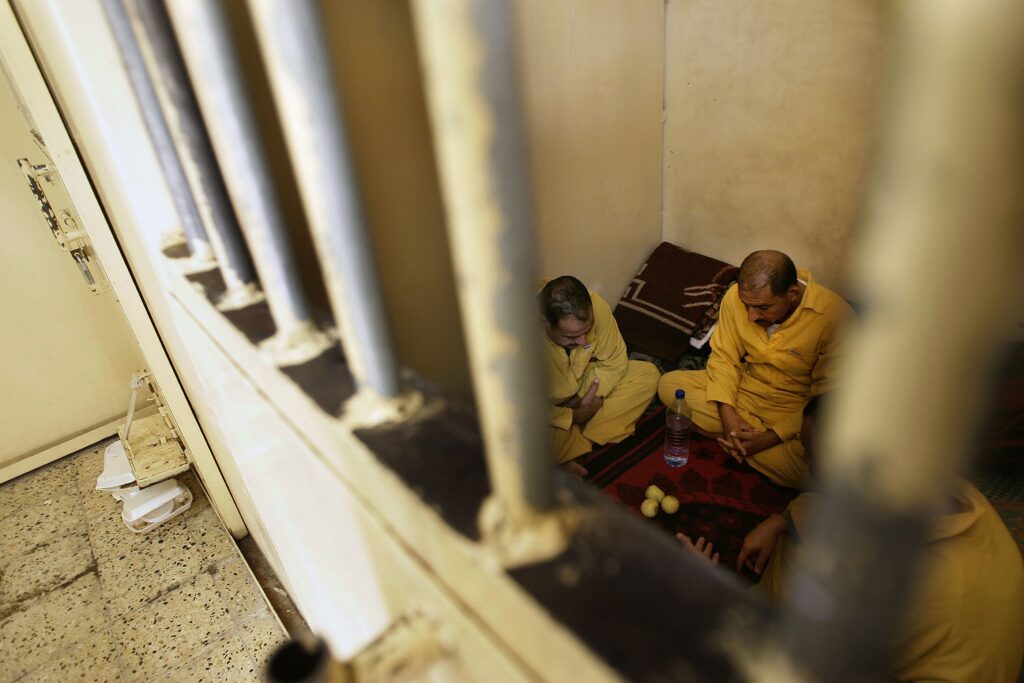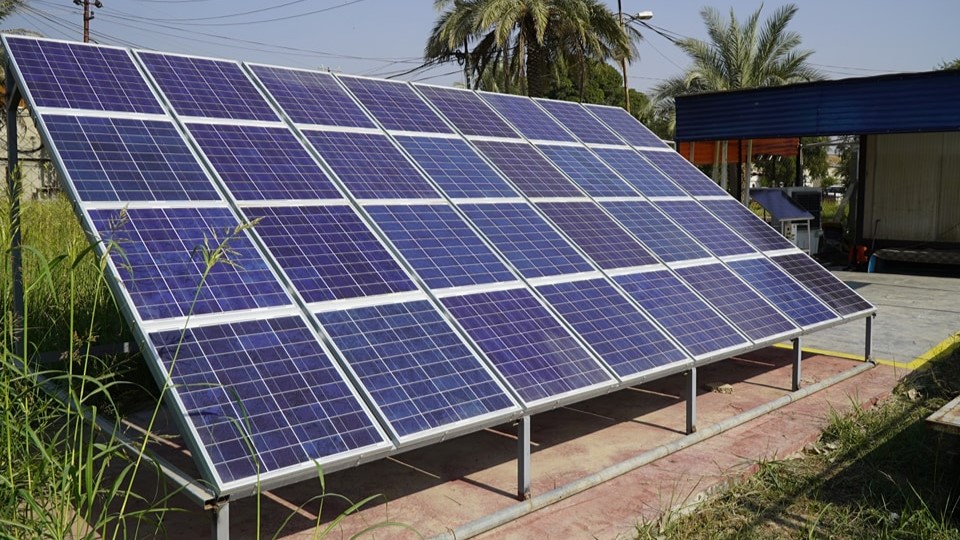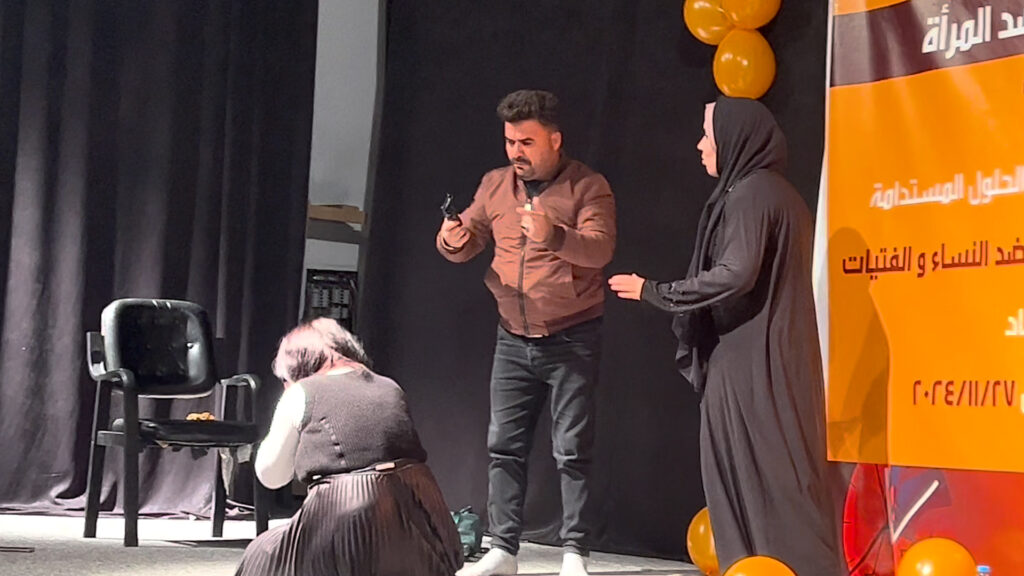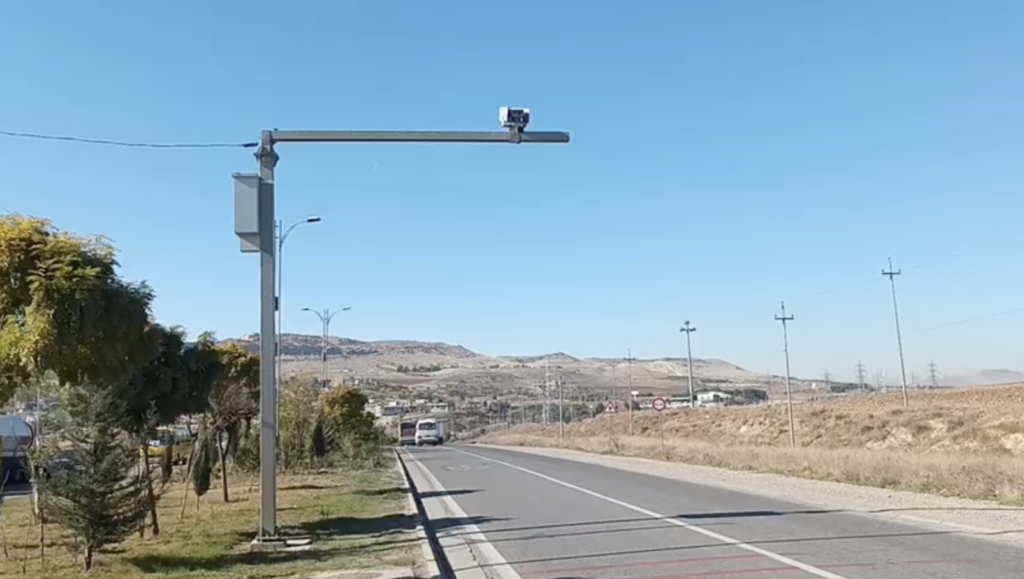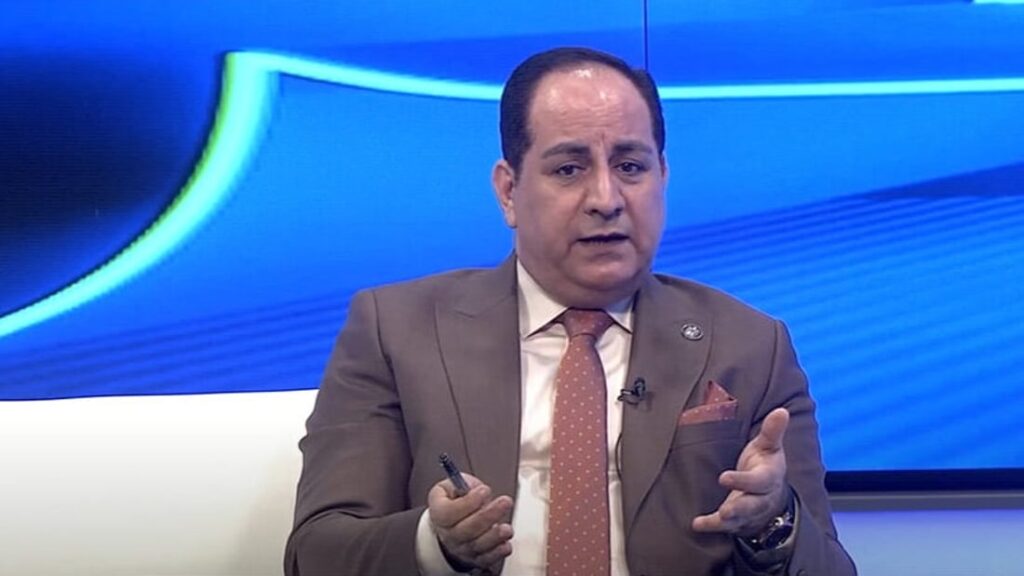World: Watch List 2019 – Second Update
Watch List Updates complement International Crisis Group’s annual Watch List, most recently published in January 2019. These early-warning publications identify major conflict situations in which prompt action, driven or supported by the European Union and its member states, would generate stronger prospects for peace. The Watch List Updates include situations identified in the annual Watch List and/or a new focus of concern.
Crucial Reforms Languish as Colombia Seeks to Consolidate Peace
Almost a year into President Iván Duque’s administration, a polarised Colombia faces many obstacles in consolidating a fragile peace. Hardline elements of Duque’s administration and his Democratic Centre Party continue to take aim at the Special Jurisdiction for Peace – a rehabilitation-oriented tribunal at the core of the transitional justice arrangement reached under the November 2016 peace deal – which they argue is too lenient toward members of the Revolutionary Armed Forces of Colombia (FARC). Although Duque recently was forced to enact legislation to complete the legal framework for the tribunal after Congress and the Constitutional Court rejected his efforts to change it, it is not clear whether he and his administration are prepared to move past their focus on altering the tribunal and pay more attention to languishing aspects of the peace arrangements.
With the countryside still wracked by violence, coca cultivation on the rise, and the growth of armed groups (including dissident FARC factions, National Liberation Army (ELN) guerrillas and drug trafficking organisations), the government should invest more time and resources into implementing the peace agreement’s rural reforms. These provide the most promising path toward developing a licit agricultural economy that can displace coca production and deprive organised armed groups of their principal funding source. They also can help begin to introduce state presence into regions of Colombia’s countryside outside of official reach.
EU political encouragement and financial support can help Colombia prioritise these reforms, as well as meet the enormous humanitarian burden created by the recent influx of 1.3 million Venezuelan migrants and refugees fleeing the ongoing crisis in their homeland, and the millions of internally displaced Colombians who have fled their homes because of armed conflict over the last 25 years.
The EU and its member states can help to address this complex set of challenges by:
Continuing to voice strong support for the Special Jurisdiction for Peace in dialogues with the government and in multilateral fora, encouraging the government not to change or undermine the tribunal, and noting that keeping faith with the terms struck in 2016 will be important to the peace deal’s durability and Colombia’s stability.
Urging the government to step up progress on crucial land reforms and other measures implementing the peace agreement’s rural reform chapter, to which the EU is a major donor.
Increasing support for economic development in rural areas – especially those where coca production is rife – including by directly funding alternative livelihood or crop substitution projects.
Increasing its funding for humanitarian work to help Colombia shoulder the massive humanitarian burden created by the Venezuelan refugee and migrant influx, as well as internal displacement.
Struggling with Transitional Justice
The question of how to bring to justice former FARC members accused of serious crimes during the conflict has been highly contentious for years. Consistent with the 2016 peace agreement, the Special Jurisdiction for Peace favours reparatory community service work over jail time for FARC members who cooperate, which many in Colombia see as too lenient. President Duque came to power in August 2018 after campaigning on promises to introduce more stringent consequences for offenders, and his party spent much of the last year working toward this goal. In spring 2019, Duque lodged six “objections” to implementing legislation that Congress had already passed in accordance with the 2016 accords to establish a durable legal framework for the tribunal. But in May, Congress overrode the objections and, with the Constitutional Court upholding the override in June, Duque was forced to sign the legislation into law.
Although the fight over the implementing legislation appears to be over, the Special Jurisdiction for Peace remains controversial. A recent source of dispute is the tribunal’s May 2019 decision to thwart a U.S. extradition request and order the release of a former FARC commander, known as Jesús Santrich, who the U.S. wishes to prosecute for allegedly conspiring to traffic cocaine in 2018. After the tribunal ordered Santrich’s release, he was rearrested on “new” evidence, released again (this time under order of the Supreme Court), and sworn into one of the ten congressional slots allocated to the FARC under the 2016 deal – all before disappearing from a FARC reintegration cantonment, with leaked intelligence reports suggesting he fled to Venezuela.
Whatever the particulars of this and other high-profile cases, the government’s quarrels with the Special Jurisdiction for Peace are counterproductive. The terms by which the tribunal operates, however imperfect, are at the heart of the 2016 deal and cannot be altered without jeopardising it. Moreover, the time and attention of senior officials is urgently required elsewhere, as discussed below. The government’s recent proposal to cut 30 per cent of the tribunal’s and other transitional justice funding suggests, however, the divisive political battles around it are not over.
Rural Reform: An Uneven Track Record
Whereas the Duque administration has overwhelmingly focused its political attention on the Special Jurisdiction for Peace and bringing the FARC to justice, its implementation of the accord’s other elements – some critically important to establishing lasting peace in Colombia – has been uneven at best.
On the positive side of the ledger, the government has undertaken important steps to reintegrate FARC members back into mainstream Colombian society, including through the National Reintegration Council’s approval of 24 economic projects and other initiatives to provide ex-combatants opportunities in the licit economy (up from two at the time Duque took office). The government has also finalised sixteen regional development plans, known as PDETs (Programas de Desarrollo con Enfoque Territorial), designed through a participatory process led at the community level in 170 municipalities. These plans contain thousands of proposed measures –which the government is winnowing down based on their assessed “viability” – that are meant to promote local economic development and improve the presence of state institutions in the countryside by, among other things, investing in infrastructure and expanding access to education and health services.
In other important respects, however, the government has ignored or dragged its feet on implementing the rural reform chapter. According to the Kroc Institute, which tracks peace agreement progress, 51 per cent of the initiatives in the rural reform chapter have made such little progress that it is unclear they will ever be fully implemented and a further 38 per cent have made no progress at all.
Land reforms – strongly opposed by the Democratic Centre’s political base of elite land owners (who see rural reform as a threat to their power and interests) – need particular attention. The peace agreement envisages three main measures to distribute land more equitably, create legal protections for owners, and encourage landholders to grow crops other than coca. One is to formalise the ownership of almost seven million hectares of untitled land by affording titles to the farmers working it. Before Duque took office, the National Land Agency had already titled 1.6 million hectares in just over a year, but its efforts appear to have slowed; as of June 2019 the number was only 1.9 million hectares. A second major measure – the creation of a government-owned “land fund” to distribute three million hectares to peasants with little or no land – is also faltering. Under the prior administration of Juan Manuel Santos, the fund’s holdings reached 525,000 hectares, but under the current administration they increased by only 32,000 hectares. The third measure – to establish a land registry to track ownership and better enable the collection of taxes – is faring better, as the High Advisor for Stabilisation secured financing to proceed with its creation.
Managing Insecurity and Coca Production in Conflict-affected Areas
As Colombia struggles with implementing the 2016 accord, organised violence continues to rise in rural areas. ELN guerrillas, FARC dissidents who did not join the peace process or left it after it began, and drug trafficking groups still control large parts of the countryside. They regulate and participate in illegal economies, seek to control the communities where they operate through makeshift justice and other governance mechanisms, and fight each other as well as the state, causing great harm. More than 145,000 people were displaced by this violence in 2018, up from 139,000 in 2017.
Bogotá feels it is under unrelenting pressure from both domestic constituents and foreign partners to deal more firmly with rural crime and violence. In response, the Duque administration has increased deployments of troops and police officers in places like Catatumbo along the border of Venezuela and Bajo Cauca in the north west. It emphasised killing and capturing criminal or armed group leaders, such as the infamous FARC dissident known by the alias “Guacho”. But in general these efforts have not allowed the government to wrest territorial control away from illegal armed groups, nor have they weakened their power in general.
In the meantime, coca and cocaine production, which fund these illegal groups and motivate them to compete and fight with each other, are at historic highs in Colombia. In 2017, (the last year for which there is reliable data) cocaine production reached 1,300 metric tonnes. The U.S. has been especially critical of Bogotá for its inability to curb production, and President Trump has threatened to decertify Colombia as a partner to the U.S in counter-narcotics efforts, which would make the country ineligible for most U.S. assistance.
Whether or not this is likely to happen, the Colombian government has taken the White House’s discontent very seriously. It has committed to combat coca production through increasing forced eradication, promising to destroy 80,000 hectares of coca this year, and to substitute another 20,000 for legal crops. The Ministry of Defence appears to be preparing to return to aerial fumigation even though it is highly likely that the Constitutional Court – which has previously prohibited fumigation because of the alleged carcinogenic effects of the weed killer glyphosate – will force the spraying to stop**.**
Beyond issues of legality, a return to fumigation would be counterproductive policy. Prior efforts to control the coca economy through aerial fumigation (Colombia fumigated over one million hectares between 2000 and 2015) have failed. Part of the problem is that the technique is ineffective: multiple studies have shown that spraying a hectare of coca only destroys a small fraction of the crop, and that any minimal inroads it can make are unsustainable over time. Because farmers are cultivating coca plants to be more productive, seeking to curtail production by focusing predominantly on lowering the number of productive hectares is misguided.
For better or worse, the most promising fix for the persistence of organised armed groups and illicit economies in Colombia’s rural communities lies with the rural reforms set forth in the 2016 peace plan. Only by addressing the deep socio-economic disparities that grip these communities can Colombia truly move past the legacy of violence.
The Venezuelan Crisis
On top of its domestic challenges, Colombia faces an increasing humanitarian burden caused by the crisis next door. Since the Venezuelan economic and political crisis dramatically worsened in 2017, more than one million Venezuelans have fled to Colombia, swelling the ranks of the more than 300,000 internally displaced Colombians due to violence in that same time period and millions of Colombians displaced during a quarter century of conflict who have not yet returned home.
While the government has proved generous and welcoming to Venezuelans by providing temporary residency and access to health and education, infrastructure along the border is woefully inadequate and many migrants choose instead to live in squalor in Colombia’s big cities. Although Colombia is a middle-income country, additional donor support is urgently needed. The UN and other humanitarian agencies estimate the funding needs for Venezuelan refugees in Colombia are around €280 million for 2019, of which only €67 million are currently covered by donors. Bogotá is contemplating relaxing deficit targets so that it can spend an extra €800 million on meeting the needs of Venezuelan refugees and reallocating money that should be spent on other priorities, including implementation of the 2016 peace deal.
The Road Ahead
The best way forward for Bogotá lies in faithfully implementing the 2016 peace accords. As a major donor – an EU Trust Fund will have disbursed €120 million in support for rural development and reintegration by the end of 2020 – the EU and its member states are well positioned to press Bogotá to drop polarising disputes about FARC accountability and bear down on critically important rural reforms.
Given EU leadership on justice and accountability issues, it can be a strong voice for pressing the Duque government to turn the page on its disputes with the Special Jurisdiction for Peace, making the point that the tribunal is the imperfect product of a political compromise, but undermining it would jeopardise lasting peace in Colombia. It should also push the government to fully fund all transitional justice mechanisms, including the Special Jurisdiction, in its 2020 budget, notwithstanding recent announcements that it will seek to cut funding for the transitional justice mechanisms by 30 per cent.
The EU and member states should also underline how important it is for political leaders to dedicate more attention to languishing aspects of the peace accords. They should make clear that they see these reforms as the key to a stable and prosperous future for Colombia, and in particular for the rural areas that continue to face rampant violence. Much as Bogotá deserves credit for the progress it has made on FARC reintegration, too many reforms have either stalled or failed entirely to get started. At the top of the list are land reforms that have largely stalled since Duque took office.
While peace and security in the countryside ultimately depend on these reforms, in the shorter term, the EU should continue to help the Colombian government strengthen its presence and capacity to provide services in impoverished rural areas, including by funding projects for conflict resolution, promoting criminal accountability and building infrastructure. In addition, the EU should encourage the government to focus less on coca eradication, and more on efforts to stimulate the development of licit economies in conflict-affected areas through alternative livelihoods and crop substitution.
Given these challenges, and the fact that successful rural development and peace agreement implementation are envisioned to take fifteen years in Colombia and cost billions of euros, the EU should begin to consider extending the Trust Fund beyond 2020, and adding more resources to it. In a similar vein, the EU should consider increasing its humanitarian assistance to meet the needs created by the growing Venezuelan influx, and to help Colombia shoulder the burden without taking funds away from the crucial reform effort that is still in its early stages.

